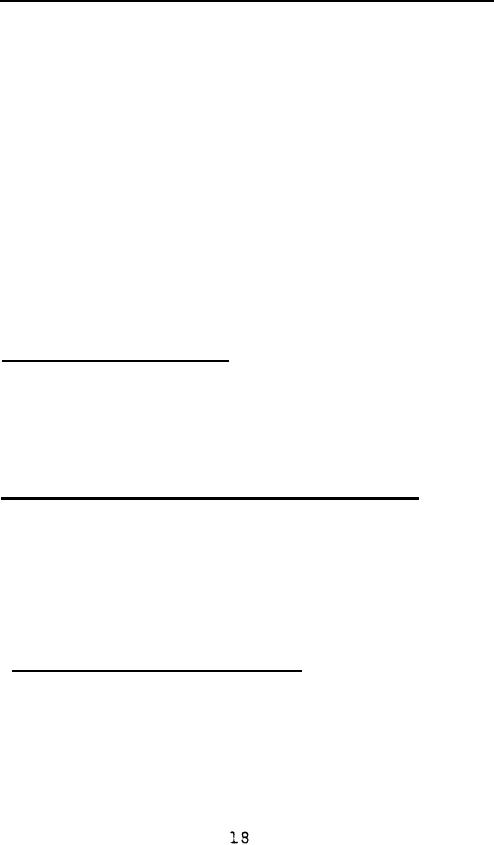 |
|||
|
Page Title:
Area under the flexural load/deformation curve. |
|
||
| ||||||||||
|
|  MIL-M-48245B(AR)
L, b, and d are as stated for the flexural strength test. If
the average flexural modulus of elasticity for the five specimens
fails to comply with the applicable requirement in Table II, the
molding compound shall be rejected.
4.5.4.7 Area under the flexural load/deformation curve. The
area under the flexural load/deformation curve shall be determined
using a polar planimeter (Gleman Instrument Co., or equivalent) and
the curve from the flexural strength test in 4.5.4.5. The area
under the curve shall be determined by tracing the entire 3 sides of
the "triangular shaped" figure formed by the curve on the
load/deformation chart. A constructed line shall be drawn
perpendicular to the deformation axis of the chart to intersect the
failure point on the curve to form the triangular figure. The area
of the figure in square inches, must then be multiplied by scale
factors on the chart (lb/in) and (in/in) to obtain the test value in
inch pounds (in-lb) .
This value shall then be divided by the cross-sectional area of
the test specimen as determined by multiplying the width and depth
measurements obtained in 4.5.4.5 for the specimen. The result is
the value for the area under the flexure stress/strain curve. If
the average of the five values obtained by this procedure for the
five specimens fails to comply with the applicable requirement in
Table 11 the molding compound shall be rejected.
4.5.4.8 Insulation resistance.
The DC insulation resistance of
three specimens shall be determined in accordance with ASTM-D-257.
The specimens shall conform to C of figure 3 in the above test
method, except that specimens shall be 1/2" by 1/2". The specimens
shall be conditioned in accordance with Procedure C of ASTM-D-618
prior to measuring the resistance. The test shall be performed
using a commercial megohm meter.
The
4.5.4.9 Coefficient of linear thermal expansion.
coefficient of linear thermal expansion shall be determined by
thermal mechanical analysis, or approved equivalent. Two specimens
shall be tested at each temperature range specified in Table II.
Specimen size shall be either 1/8 inch
(Total of four specimens.)
by 1/8 inch by 0.2 to 0.3 inch thick, or 1/2 inch diameter by 0.2 to
0.3 inch thick. The heating rate shall be 10C per minute. Prior
to testing, the specimens shall be conditioned as specified in
procedure A of ASTM-D-618.
4.5.4.10 Heat distortion temperature. The heat distortion
temperature shall be determined on three specimens conditioned as
specified in Procedure A of ASTM-D-618. Testing shall be in
accordance with ASTM-D-648. An acceptable alternative is thermal
mechanical analysis using test specimens approximately 0.125 inch by
0.125 by 0.50 inch thick. If any specimen fails to comply with,the
applicable requirement in Table II, the molding compound shall be
rejected.
|
|
Privacy Statement - Press Release - Copyright Information. - Contact Us |